Hey friend,
Ever wonder what it feels like to stand next to a million-dollar muscle car you’ll probably never see in real life? Let’s take a virtual ride through the rarest American legends ever built. If you love old-school muscle cars, this one’s for you. Some cars are so rare that even lifetime collectors have never seen them up close.
They weren’t built for showrooms; they were built for speed, racing, and bragging rights. But today, they live quietly in private garages, hidden from the world. That’s why I made this list — so you can experience them right here. You don’t need millions or museum access. You just need curiosity and a love for American horsepower.
Some muscle cars are so rare that even lifelong enthusiasts never see them in person. From one-off Shelby builds to million-dollar Hemi ‘Cudas, these elusive legends define the golden era of American automotive power.
Key Takeaway
– These rare classic muscle cars were built in tiny numbers — sometimes just one or two exist. Most are locked away in private collections or museums, but their stories still roar louder than ever.
– Most were race-homologated or prohibitively expensive when new.
– Today, they’re hidden in private collections or museums, valued in the millions.
– Learning their history helps enthusiasts appreciate American muscle heritage—without needing to see them in person.
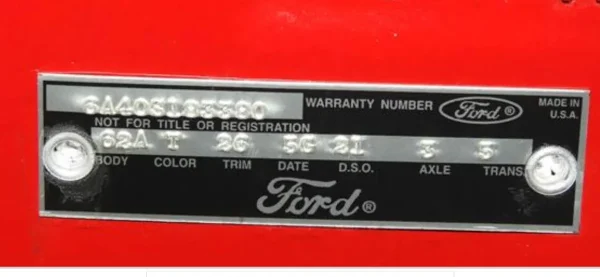
Have you ever scrolled through car forums or watched classic car shows, dreaming about those legendary American muscle cars from the golden era of the 1960s and 1970s? You know, the ones with roaring V8 engines, bold designs, and a raw power that defined an entire generation of automotive history. But here’s the problem many enthusiasts face: while common classics like the Ford Mustang or Chevrolet Camaro pop up at local car meets or auctions, the truly rare classic muscle cars are almost impossible to spot in real life.
They’re hidden away in private collections, museums with limited access, or owned by ultra-wealthy collectors who rarely take them out. For ordinary people and beginner car lovers, this means missing out on experiencing these rarities firsthand—whether due to their sky-high prices (often in the millions), geographical barriers (many are in the U.S. or Europe), or simply because so few were ever made and even fewer survive today. This scarcity can leave you feeling disconnected from muscle car history, relying on grainy photos or second-hand stories instead of getting that up-close thrill.
The good news? You don’t need to be a millionaire or travel the world to appreciate these hidden gems. In this guide, we’ll solve that problem step by step, helping you dive deep into the world of the rarest classic muscle cars without ever leaving your screen. We’ll focus on accurate, useful information to build your knowledge, whether you’re a total beginner curious about what makes a “muscle car” special (hint: it’s all about high-performance engines in affordable bodies) or a passionate fan wanting to learn more.
No sales pitches here—just honest insights based on reliable sources to help you understand and enjoy these icons. By the end, you’ll have a clear path to exploring them virtually, plus tips to make your appreciation even more rewarding.
Contents
Step-By-Step Solution: How To Discover And Appreciate Rare Classic Muscle Cars
If you’re frustrated by not being able to see these cars in person, follow this beginner-friendly process to bridge the gap. We’ll naturally weave in examples of rare classic muscle cars along the way, highlighting why they’re so elusive and fascinating. This approach draws from expert automotive histories and collector insights, ensuring everything is factual and helpful.
Step 1: Understand What Makes A Muscle Car “Rare” And Why It Matters
Start by grasping the basics—muscle cars are American-made vehicles from the mid-1960s to early 1970s, built for straight-line speed with big engines (often over 400 cubic inches, or about 6.6 liters) stuffed into midsize or pony car bodies. Rarity comes from low production numbers (sometimes under 100 units), special homologation for racing (meaning they were built just to qualify for events like drag racing), high costs that deterred buyers, or destructive uses that led to few survivors.
For beginners, think of it like this: Common muscle cars like the 1969 Chevrolet Camaro were made in the tens of thousands, so you might spot one at a cruise-in. But rare ones? They’re like finding a unicorn. This knowledge helps you appreciate their value without the hype. For instance, cars produced for racing often had stripped-down interiors (no radio or heater) to save weight, making them uncomfortable for daily use but perfect for speed.
Understanding this sets the foundation for why you’ll probably never see models like the 1967 Shelby Mustang GT500 Super Snake in person—only one exists! To get started, use free online resources like automotive websites or YouTube channels dedicated to classic cars. Search for “rarest American muscle cars history” to find overviews that explain terms like “Hemi” (a hemispherical combustion chamber for better power) or “big-block” (larger engines for more torque, which is the twisting force that gets you moving fast).
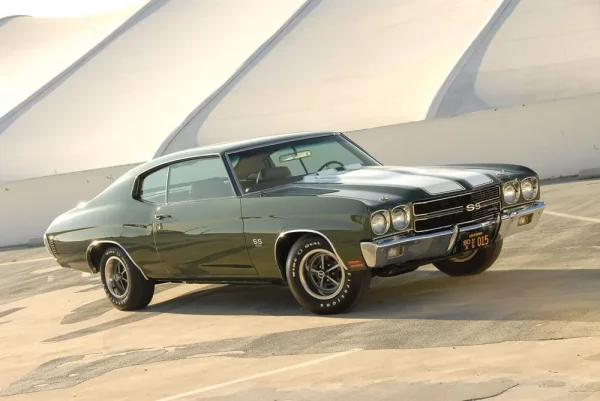
Step 2: Research Reliable Sources For Accurate Details
Don’t rely on random blogs—go for trustworthy sites like Top Speed, Hemmings, or official manufacturer archives to avoid misinformation. Look up production numbers, specs, and histories to build a mental picture. For example, aim for sources that cite auction results or expert appraisals for current values.
This step helps solve the “out-of-reach” problem by bringing the cars to you. Take the 1969 Chevrolet Corvette ZL-1: Only three were made for the public due to its eye-watering price tag (over $10,000 in 1969, equivalent to about $85,000 today). It featured an all-aluminum 427 cubic inch V8 engine producing over 430 horsepower (underrated; experts say closer to 500), allowing a 0-60 mph time of just 4 seconds.
Why rare? The engine option alone cost as much as a whole base Corvette, so few bought it. Reading about its racing roots (designed to replace the L88 for track dominance) lets you visualize its sleek C3 body and imagine the roar, even if you’ll never see one outside a high-end auction.
Pro tip for beginners: Use tools like Google Images or virtual reality apps from museums (like the Petersen Automotive Museum) to “walk around” digital models. This turns abstract facts into engaging experiences.
Step 3: Explore Virtual Alternatives And Communities
Once you have the basics, join online communities like Reddit’s r/musclecars or Facebook groups for classic car enthusiasts. Share what you’ve learned and ask questions—fans often post high-res photos, restoration stories, or even 3D scans of rare models.
This connects you with others facing the same issue, turning isolation into community. Naturally, discussions will mention rarities like the 1970-1971 Plymouth Hemi ‘Cuda Convertible, with only 21 built across two years. Its 426 cubic inch Hemi V8 delivered 425 horsepower and a quarter-mile time of 13.1 seconds, but the convertible top made it pricier and less popular than coupes.
Forums might share videos of the few survivors at events like Barrett-Jackson auctions, where one could fetch $3.5 million. For beginners, these groups explain why the ‘Cuda’s redesign in 1970 made it eligible for the powerful Street Hemi, boosting its pony car status. If possible, visit virtual exhibits or apps that simulate driving these cars—games like Forza Horizon offer realistic models, helping you “experience” them safely.
Step 4: Dive Into The List Of 10 Rare Classic Muscle Cars
Now that you’re equipped, let’s explore 10 of the rarest classic muscle cars, selected based on production numbers and survival rates from expert analyses. These are American icons you’ll probably never see in person, but understanding their stories brings them to life. We’ll cover each with specs, history, and why they’re rare, keeping it honest and beginner-friendly.
1. 1966 Ford Fairlane 500 R-Code
Production: 57 units.
This midsize beast was Ford’s answer to drag racing dominance. Key specs: 427 cubic inch Cobra V8 engine, 425 horsepower, 480 lb-ft torque, four-speed manual transmission, 0-60 in 4.8 seconds, quarter-mile in 13.3 seconds, top speed 129 mph.
Why rare? It was a factory race package with features like dual carburetors and a lift-off hood, but only built in limited numbers as the last year for this engine in the Fairlane lineup. History: Evolving from the 1964 Thunderbolt drag special (100 units), it bridged to later models like the Torino. Estimated value: $275,000.
For beginners: Imagine a family sedan turned racer—practical but ferocious.
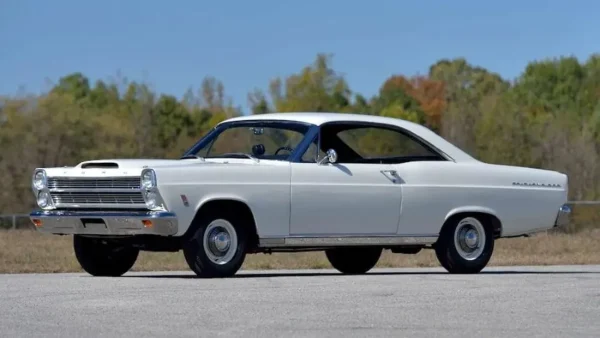
2. 1963 Chevrolet Impala Z11
Production: 57 units.
A full-size sedan with muscle credentials. Specs: 427 cubic inch V8, 430 hp, 575 lb-ft, four-speed manual, 0-60 in 4.3 seconds, quarter-mile in 10.8 seconds (a record-setter), top speed 124 mph.
Rarity reason: Built under RPO Z11 for drag racing, with aluminum parts to cut weight; many were wrecked on tracks. History: Third-gen Impala with cowl-induction intake; no frills like radio or heater. Value: $432,500.
Beginner note: This shows muscle cars weren’t just small—big sedans could haul too.
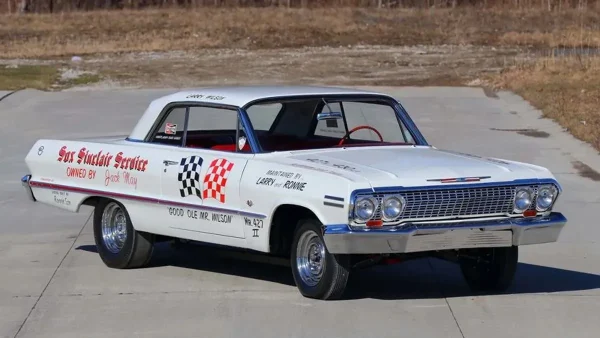
3. 1967 Dodge Coronet WO23 / Plymouth Belvedere RO23
Production: 55 units each.
Mopar’s drag specials. Specs: 426 Hemi V8, 425 hp, 490 lb-ft, four-speed, 0-60 in 4.9 seconds, quarter-mile 13.5 seconds, top 123 mph.
Rare because: Homologation for NHRA racing; stripped interiors, battery in trunk for weight balance. History: Identical twins from Dodge/Plymouth, built for Super Stock class. Value: $130,000.
Honest tip: These were road-legal but track-focused, not comfy cruisers.
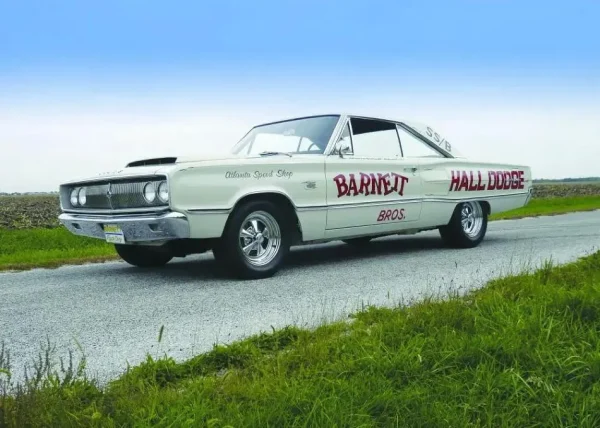
4. 1970-1971 Plymouth Hemi ‘Cuda Convertible
Production: 21 units (10 in ’70, 11 in ’71).
Plymouth – pony car perfection. Specs: 426 Hemi, 425 hp, 490 lb-ft, four-speed, 0-60 4.7 seconds, quarter-mile 13.1, top 117 mph.
Rarity: High price and low demand for convertibles; redesign allowed Hemi fit. History: Quickest Mopar of the era; rivals like Boss 429 were cheaper. Value: $3.5 million.
For newbies: Convertibles add fun but reduce structural rigidity for racing.
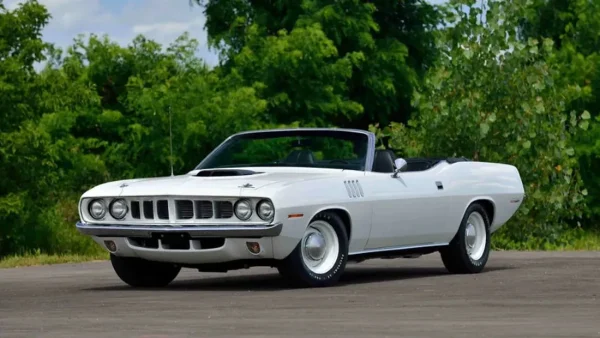
5. 1970 Chevrolet Chevelle 454 SS LS6
Production: 20-25 units.
Big-block brute. Specs: 454 V8 LS6, 450 hp (underrated), 500 lb-ft, four-speed, 0-60 6.0 seconds, quarter-mile 13.8, top 134 mph.
Rare due to: New LS6 upgrade on big-block; power hidden for insurance. History: GM lifted 400ci limit in ’70; competed with Hemis. Value: $660,000.
Beginner insight: Underrating hp was common to keep costs low.
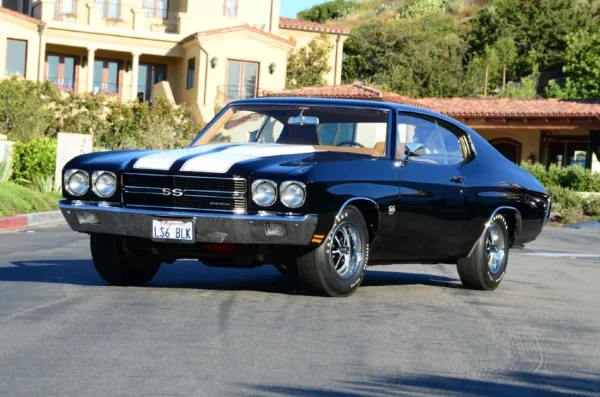
6. 1971 Pontiac GTO Judge Convertible
Production: 17 units.
Performance pony. Specs: 455 V8, 335 hp, 480 lb-ft, four-speed, 0-60 6.1 seconds, quarter-mile 13.4, top 125 mph.
Rarity: Last year for Judge; convertibles overlooked vs. coupes. History: Mountain Performance package standard; end of second-gen GTO. Value: $440,000.
Honest: Hp drop from emissions, but still quick.
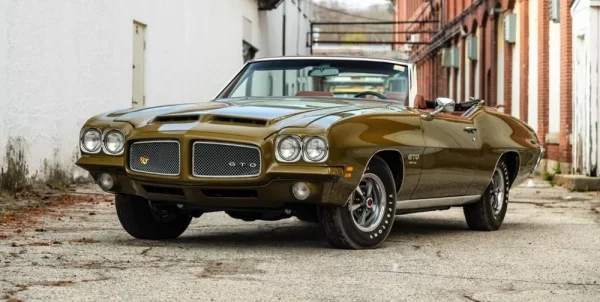
7. 1969 Chevrolet Corvette ZL-1
Production: 3 units.
Sports car muscle. Specs: 427 aluminum V8, 430 hp (over 500 real), 450 lb-ft, four-speed, 0-60 4.0 seconds, quarter-mile 12.1, top 151 mph.
Rare: $4,700 option cost equaled base car; mandatory extras. History: C3 redesign; fastest production car then; one sold for $3.2M in 2023. Value: $3.2 million.
Beginner: Corvettes blend muscle with handling.
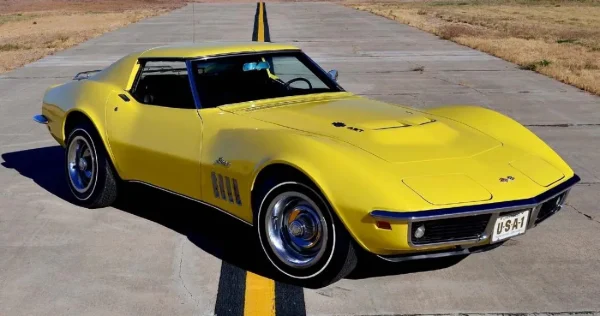
8. 1967 / 1970 Dodge Coronet R/T 426 Hemi Convertible
Production: 2 per year.
Open-top rarity. Specs: 426 Hemi, 425 hp, 490 lb-ft, four-speed, 0-60 5.1 seconds, quarter-mile 13.6, top 137 mph.
Rare: Limited R/T convertibles with Hemi. History: B-body Mopar; factory drag with seats. Value: $1 million+.
Note: Seldom for sale.
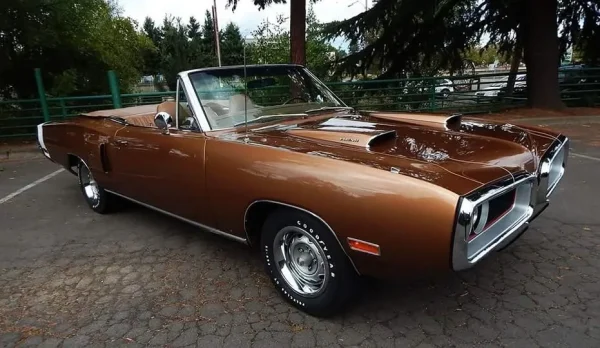
9. 1967 Shelby Cobra Super Snake
Production: 2 units.
Supercharged legend. Specs: 427 supercharged V8, 800 hp, 462 lb-ft, four-speed, 0-60 3.8 seconds, quarter-mile 12.4, top 201 mph.
Rare: Shelby’s Cobra farewell; one lost in accident. History: Dual superchargers; Bill Cosby owned one. Value: $5.5 million (2021 auction).
Beginner: Raw, no ABS—terrifying fun.
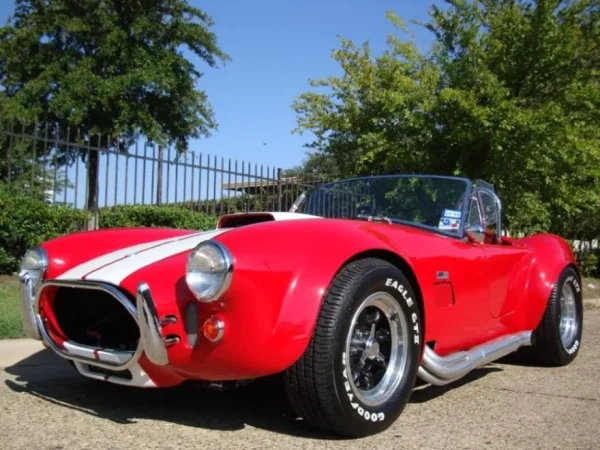
10. 1967 Shelby Mustang GT500 Super Snake
Production: 1 unit.
Ultimate one-off. Specs: 427 V8, 520 hp, torque N/A, four-speed, 0-60 ~4 seconds (estimated), quarter-mile ~12 seconds, top ~150 mph.
Rare: Single build for Shelby. History: Enhanced GT500 with race engine; now in museum. Value: Priceless, but similar GT500s $200K+.
Honest: Prototype status makes it unique
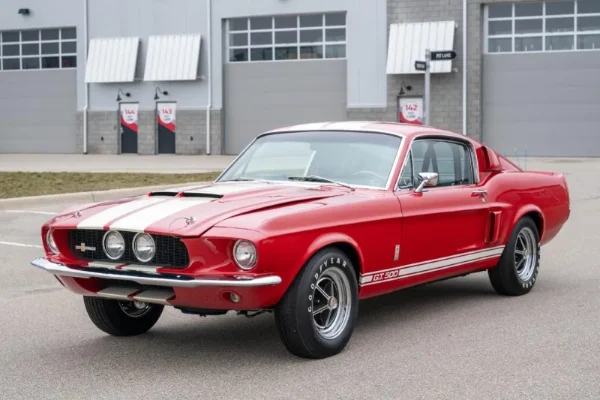
Weigh The Pros And Cons Honestly
Owning or even viewing these rare classic muscle cars isn’t all glamour—here’s a balanced look to help you decide if pursuing replicas or similar models is worth it.
Pros:
– Historical Value: They represent peak American engineering, like the Hemi’s power efficiency. Great for learning about automotive evolution.
– Investment Potential: Values rise (e.g., Corvette ZL-1 up to $3.2M), but only if authentic.
– Community Pride: Knowing details impresses fellow fans.
– Inspiration: Motivates building models or mods on modern cars.
Cons:
– High Costs: Maintenance is expensive—parts for a Hemi can cost thousands.
– Practicality Issues: Poor fuel economy (8-12 mpg), no modern safety like airbags.
– Availability: Fakes abound; verification needs experts.
– Environmental Impact: High emissions; not eco-friendly.
– Driving Risks: Overpowered for roads, leading to accidents if not handled well.
Helpful Tips To Get The Most Out Of Your Interest
To wrap up, here are practical tips for appreciating rare classic muscle cars without the frustration:
1. Start Small: Build scale models (1:18 diecast) of favorites like the ‘Cuda—affordable at $20-50 on Amazon.
2. Virtual Tours: Use apps like the National Corvette Museum’s VR for ZL-1 glimpses.
3. Attend Shows Virtually: Watch live streams of events like Pebble Beach Concours.
4. Read Books: “Muscle Car Source Book” by Mike Mueller for deep dives.
5. Join Clubs: Free online ones share restoration tips.
6. Budget Research: Use Hagerty Valuation Tool for value trends.
7. Avoid Scams: Always check VINs via NICB for authenticity.
8. Eco Alternatives: Consider electric conversions for modern muscle feel.
9. Share Knowledge: Write blog posts or join podcasts to connect.
10. Stay Updated: Follow sites like Hemmings for auction news.
These tips empower you to enjoy the hobby sustainably.
FAQ: Common Questions About Rare Classic Muscle Cars
Q: What defines a “classic muscle car”?
A: High-performance American cars from 1964-1972 with big V8s in affordable bodies, emphasizing acceleration over handling.
Q: How can I tell if a muscle car is authentic?
A: Check matching VINs, build sheets, and get appraisals from clubs like the Muscle Car and Corvette Nationals.
Q: Are these cars still drivable today?
A: Yes, with maintenance, but they’re better for shows—modern fuels can damage old engines without additives.
Q: What’s the most affordable way to own a piece of this history?
A: Buy replicas or resto-mods; a kit car Cobra costs $50K vs. millions for originals.
Q: Why did production numbers drop in the 1970s?
A: Insurance hikes, emissions laws, and oil crises shifted focus to efficiency.
Q: Can I find these at public museums?
A: Sometimes—try the Henry Ford Museum or Sloan Museum, but many are private.
Q: How has value changed in 2025?
A: Stable or rising for rarities due to collector demand, but market fluctuations happen.
Conclusion: Preserving America’s Rarest Legends
These 10 rare classic muscle cars are more than just vehicles — they’re living artifacts of an era defined by creativity, horsepower, and freedom. Even if most of us may never see them in person, learning their stories keeps their spirit alive.
When you approach classic cars with curiosity, honesty, and respect for their history, you become part of preserving what makes American muscle cars truly legendary.
Knowing their stories keeps our car culture alive. These machines remind us that true performance isn’t about numbers on paper — it’s about passion, risk, and the roar of a big V8.
Now I’m curious — which rare classic muscle car would you love to see in person someday?
Drop a comment below and tell me your dream ride. Let’s talk!
Resources For Rare Muscle Car Fans And Owners
Hemmings: Listings and restoration articles.
Hagerty: Valuation tools.
ClassicCars.com: Auction data.
National Corvette Museum: Virtual tours.
Reddit r/MuscleCars: Discussions.
Petersen Automotive Museum: Exhibits.
NICB: VIN checks.
Grundy Insurance: Specialty coverage.

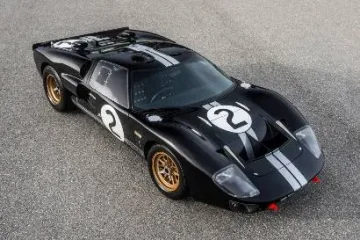
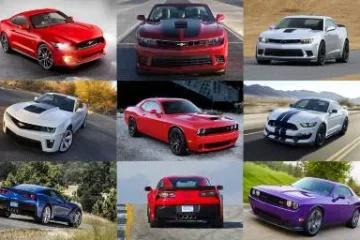
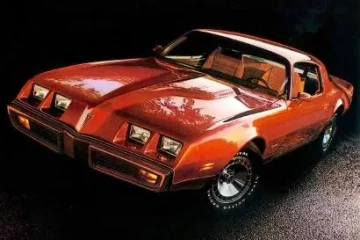
0 Comments